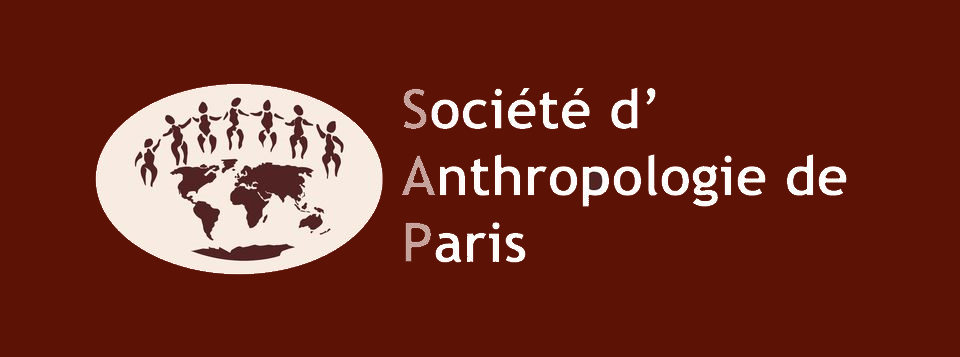January 29-31 2025 in Musée de l'Homme, Paris
Theme 1: Hierarchy and power in human and non-human primates
Invited speaker: Dr. Elise Huchard, Institut des Sciences de l'Evolution de Montpellier, FR
Hierarchies are the structured and codified expression of more or less visible inequalities within societies. They refer to the organisation of individuals subject to relationships of subordination. The power exercised by some, suffered or accepted by others, is the expression of various factors: intrinsic abilities (size, physical strength), individual identity (age, sex), social identity (lineage, clan), social status/role (technological, economic, political in the broadest sense).
Identifying hierarchical contexts in past societies, tracing their evolution and diversity, makes it possible to assess their consequences (funerary treatment, diet, health, activity) and to test their causes: socio-cultural, ecological and even biological determinants of power relationships, particularly between the sexes. From this perspective, data from non-human primate societies provide information on the evolutionary factors of sex-linked social traits, such as coercive behaviour (dominance of one sex over the other).
How can we recognise the attributes of power in human and non-human social structures, past and present? What are the practices, productions and aspirations of the 'dominant' and 'elite'? What factors contribute to the definition of their rank in society and to their perpetuation at the level of the social group, and even beyond? The papers proposed in this theme will focus, from the point of view of the archaeo-anthropologist or the primatologist, on the concepts of hierarchy and power, the relationships of domination between individuals, particularly between the sexes, their origins, the mechanisms by which they are expressed, and their consequences.
This theme is intended to be inclusive in terms of study models, approaches, methods and periods, in the sense that it concerns all primates, human and non-human, and all social organisations and structures, past or present.
Key words: Hierarchy, domination, social structures, social status, gender.
Scientific committee: Yann Ardagna, Christophe Darmangeat, Julie Duboscq, Cécile Garcia, Aline Thomas, Sébastien Villotte
Theme 2: Asia as a crossroads zone
Invited speaker: Dr. Janet Kelso, Max Planck Institute for Evolutionary Anthropology, Leipzig, DE
From the very first out-of-Africa events during the Lower Pleistocene to the “New Silk Roads”, the Asian continent has been at the crossroads between Africa, the Americas, Oceania, and Europe, from which most of the world's regions have been populated.
Over time, different human populations have occupied this area. Asia, the first region outside Africa to have been peopled by the Homo genus, also stands out for the diversity of human species that coexisted during the Middle and Upper Pleistocene: H. neanderthalensis, H. longi, H. luzonensis, H. floresiensis, Denisovans and H. sapiens. During the pre-, proto- and historic periods, a great variety of human populations and archaeological cultures have been present in Asia. In particular, two independent Neolithisation events took place there and spread across the entire continent. Later, the expansion of populations, particularly from the steppes to the east and south of Asia, brought these different chrono-cultural groups into contact with each other, and established a great population and cultural diversity that continues existing today. Finally, Asia is a region with a wide range of climates and geographical conditions, from glacial to tropical, from the world's highest mountains to vast deserts. Humans have been found in all of these regions, raising questions about biological and/or cultural adaptation mechanisms to these various environments.
The aim of this session is to bring together research pursued on Asia as a crossroads zone, at different temporal scales, from settlement to admixture between populations and on their genetic and non-genetic adaptations.
Key words: Asia, paleoanthropology, population genetics, Neolithic, adaptation, admixture.
Scientific committee: Julio Bendezu-Sarmento, Céline Bon, Bérénice Chamel, Florent Détroit, Nina Marchi, Olivia Munoz
Theme 3: Scientific breaking news
Programm: 
Scientific Committee |
Organising Committee |
|
|



